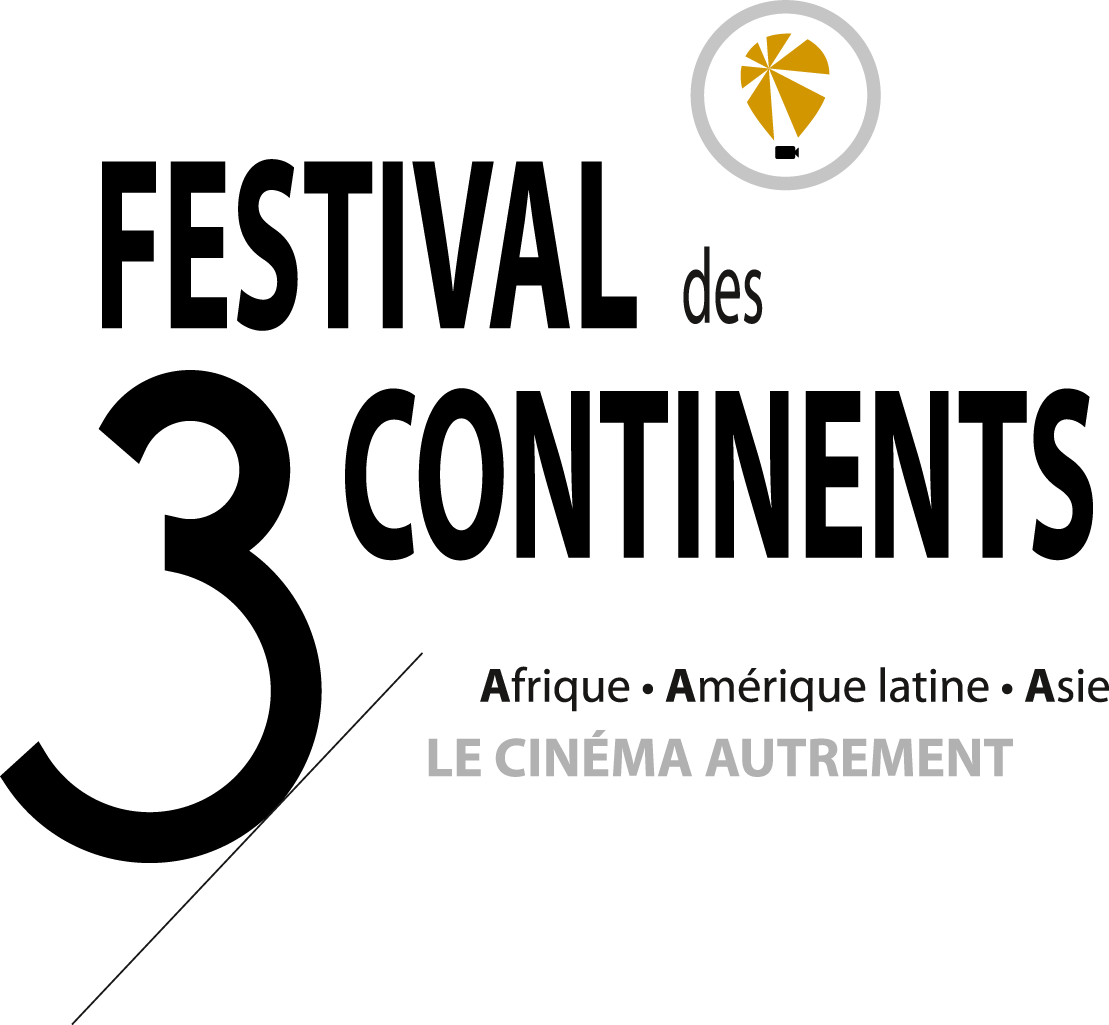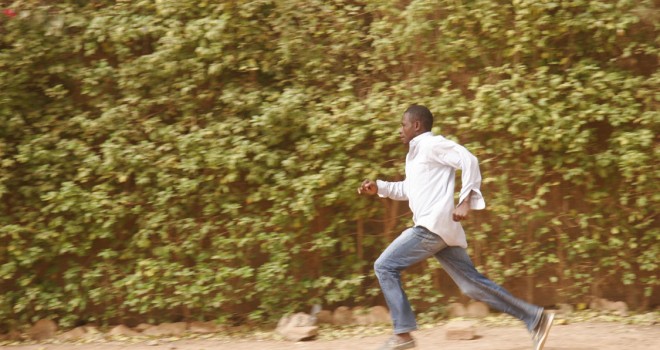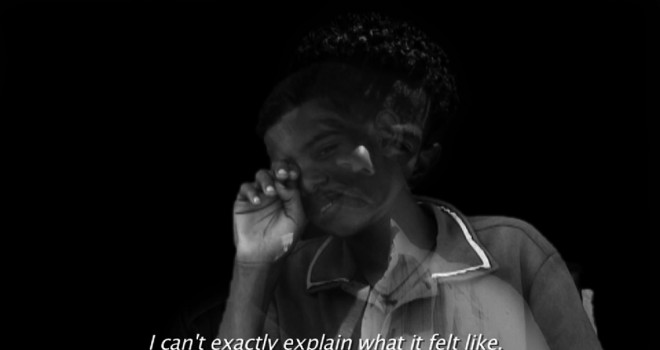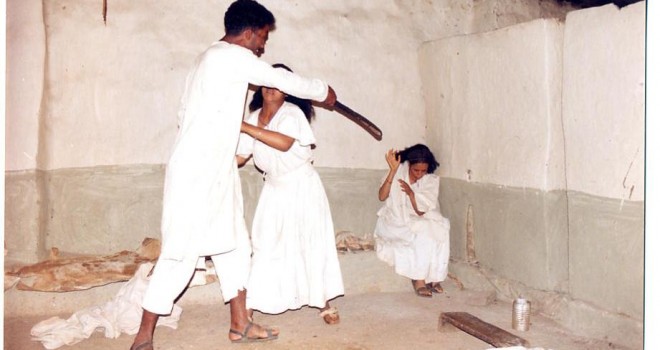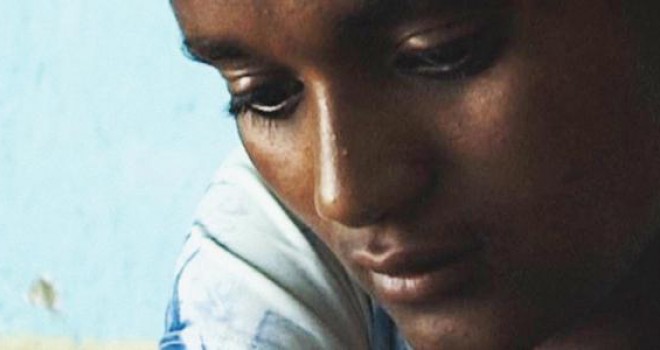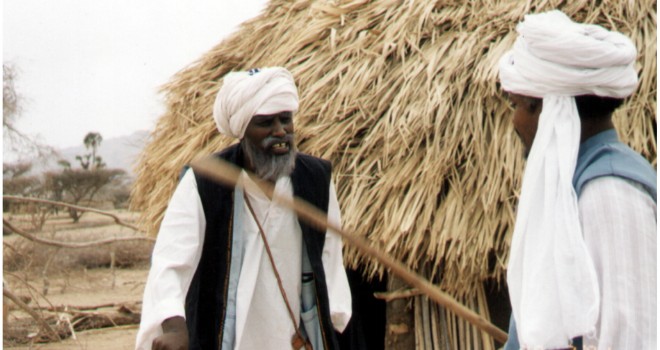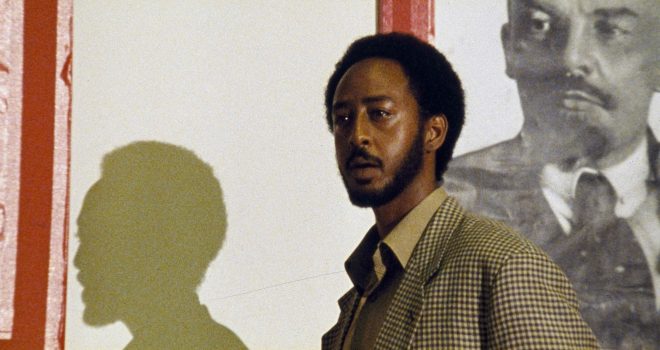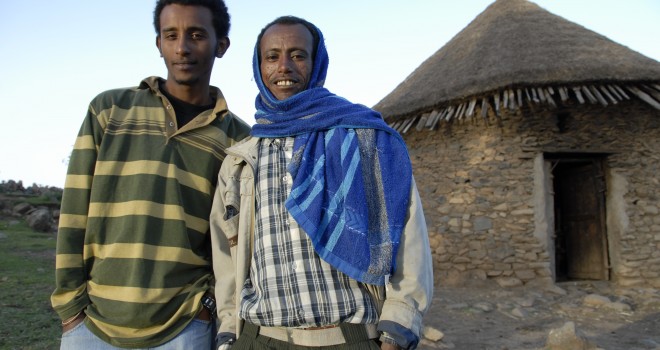When cinema was first introduced in Ethiopia during the reign of Emperor Menelik II in 1923 the public named the only cinema hall in the capital Addis Ababa “Seytan Bet” (House of the Devil). Technological innovations were far away for the predominantly agricultural and illiterate population. Seeing people in screen doing all sorts of things and speaking in strange languages could only be associated with the work of the devil.
The production of film in Ethiopia began during the reign of Haile Selassie with a film on his coronation. For nearly 4 decades after the number of films produced in Ethiopia did not exceed 30. Most of the productions were documentaries with very few features. Hirut Abatwa Manew (Who is Hirut’s Father), Guma (Vendetta) and Aster were among the very few features made by Ethiopian directors.
The number of “Seytan Bets” increased over the years screening only 35mm or 16mm format films. Thus, the only films available for the audience were old western movies and Bollywood productions. Until few years back watching films with an own language was a rare phenomenon for the Ethiopian audience. When local films hit the small cinema halls not more than 7 years back the audience turnout was exhilarating. This has attracted more and more people to the film industry. Today, the thrill of watching local films is over and the Ethiopian audience is becoming more critical about the quality of the locally made films. The attempt of the filmmakers to improve the quality of their production has not been very successful.
The most critical limitation in Ethiopian Cinema is lack of well-trained professionals in the film industry. Filmmaking, and expressing one’s opinion, story and culture using the medium requires profound knowledge and experience that is not acquired by intuition. There are no professional schools teaching the art of filmmaking in Ethiopia. Including those who were trained in the former USSR during the military regime, very few Ethiopians have succeeded in obtaining filmmaking decent training abroad. However, most of these Ethiopian filmmakers live overseas where conditions and facilities are more convenient to advance their career. Their attempt to contribute to the advancement of Ethiopian cinema has been constrained due to the unfavourable framework conditions at home.
Read more
Blue Nile Film and Television Academy is one initiative towards filling the existing knowledge gap in the industry. The school started providing intensive filmmaking training for young filmmakers who are keen to learn the medium. More professional film schools are needed to overcome this critical challenge.
Another challenge the Ethiopian film industry has to overcome is lack of adequate funding. Ethiopian films are predominantly funded by individuals anticipating profit. As the costs of production, increase and profits start to dwindle, the investment is also decreasing. No government funding or support is available for cinema. With the closure of the Ethiopian Film Corporation in 1996 there is no institution to lobby or mobilize resources for the industry. Reviving the Ethiopian film industry requires proper funding. The current and previous governments have not given priority to develop the film industry. It is true that the government has to address many other pressing priorities and lacks the financial or technical capacity to support the film industry. However, by creating favorable policy and legal frameworks the government can encourage private investment. The reduction of exaggerated and doubled taxation, less strict censorship, proper protection of copyrights and allowing import of professional film equipments are some of the measure that could encourage private investment and make the industry profitable. In view of the important role that cinema could play in educating and entertaining as well as their significant place it has in the life of modern society, the task has to be taken more seriously.
The exiting scenario makes it difficult for Ethiopian films to get international audience. Very few of them have made it to the internationally recognized film festivals. However, even those films are not exclusively local productions. To compete for international audience and festivals Ethiopian filmmakers need to find their own styles and stories. Obviously competing with Hollywood action movies is not the answer.
Despite unavailability professional of filmmaking training, lack of equipment and very low-income audience filmmaking in Ethiopia is gaining a new momentum. A number of young people are attempting desperately to tell their stories using film as their medium. In the maddest of the chaos, they are developing their own style. More and more professionals living abroad are coming back home willing to contribute their part. There is a long way to go. Nevertheless, hopes are growing and spirits are high.
Abraham Haile Biru
Ethiopian Director of Photography – Director – Founder of the Blue Nile Film and Television Academy in Addis Abeba.
